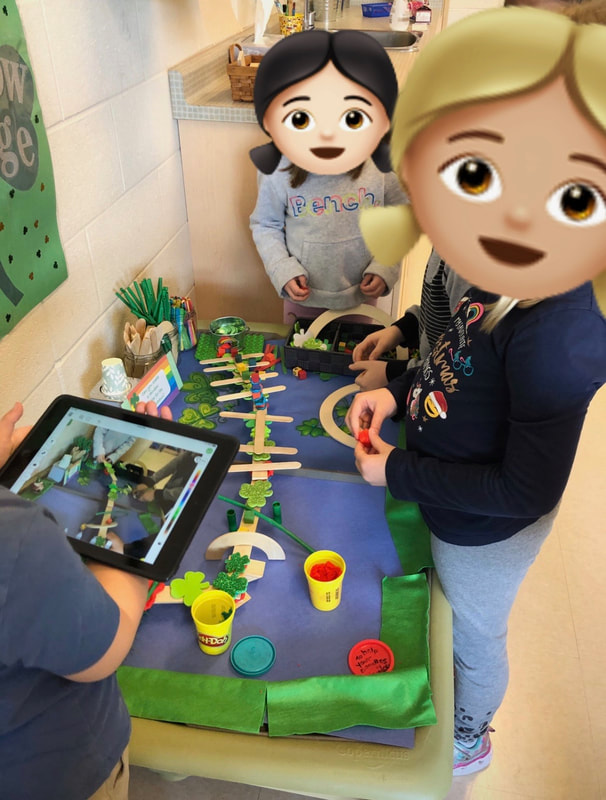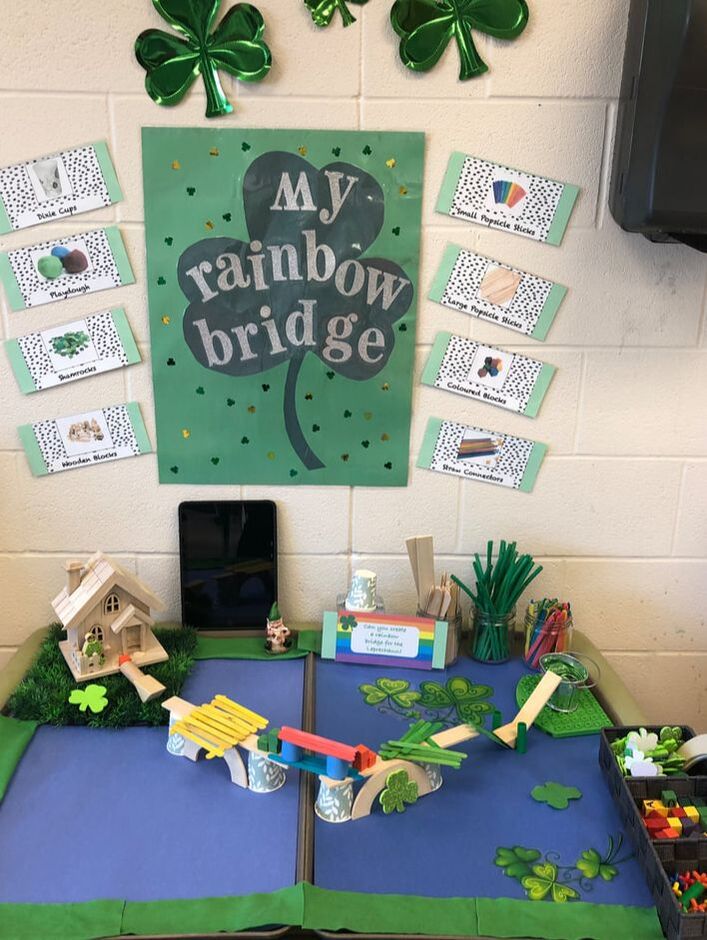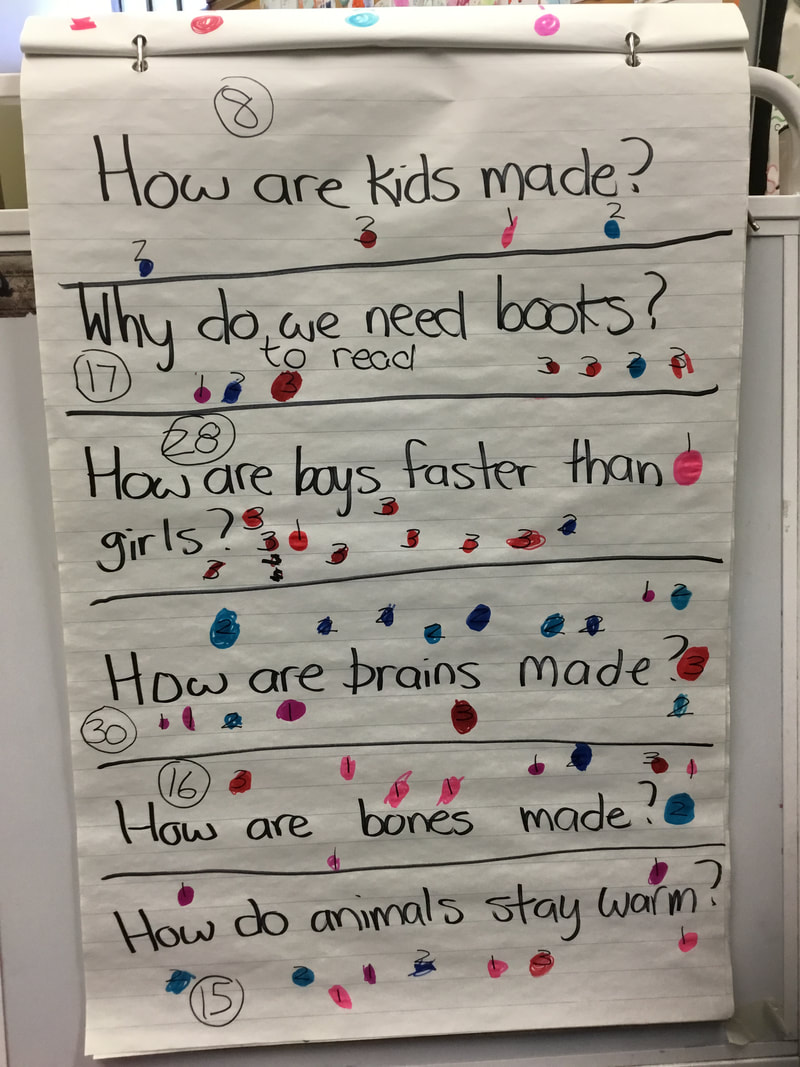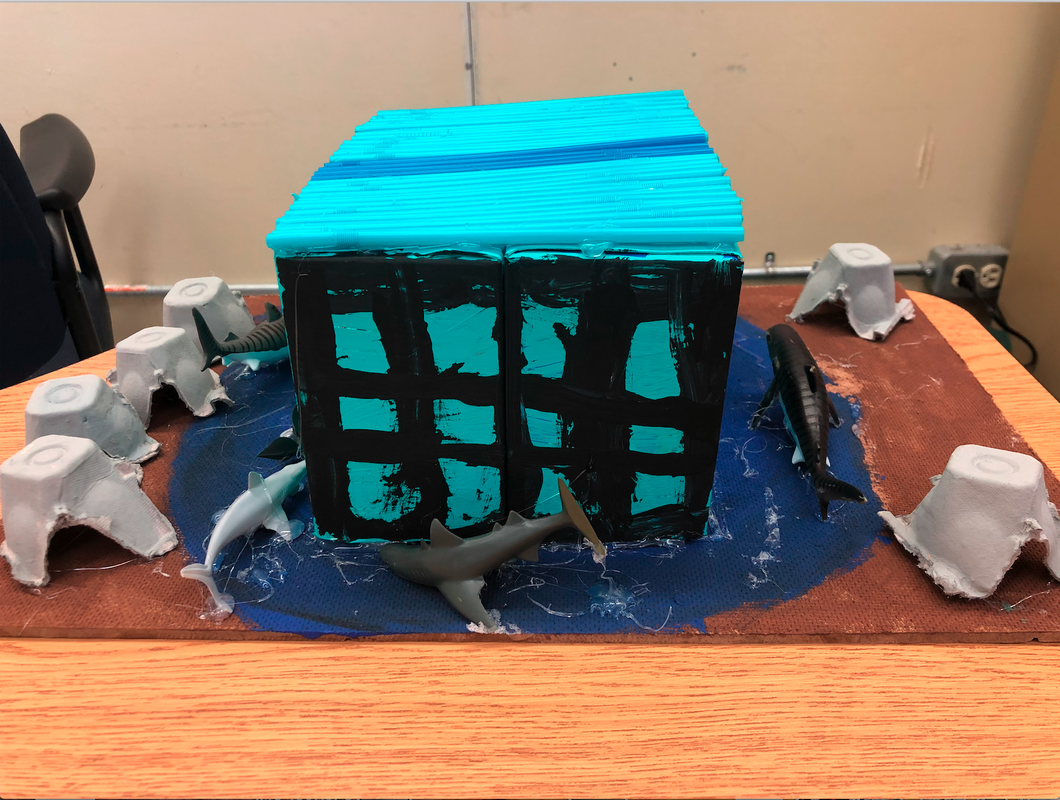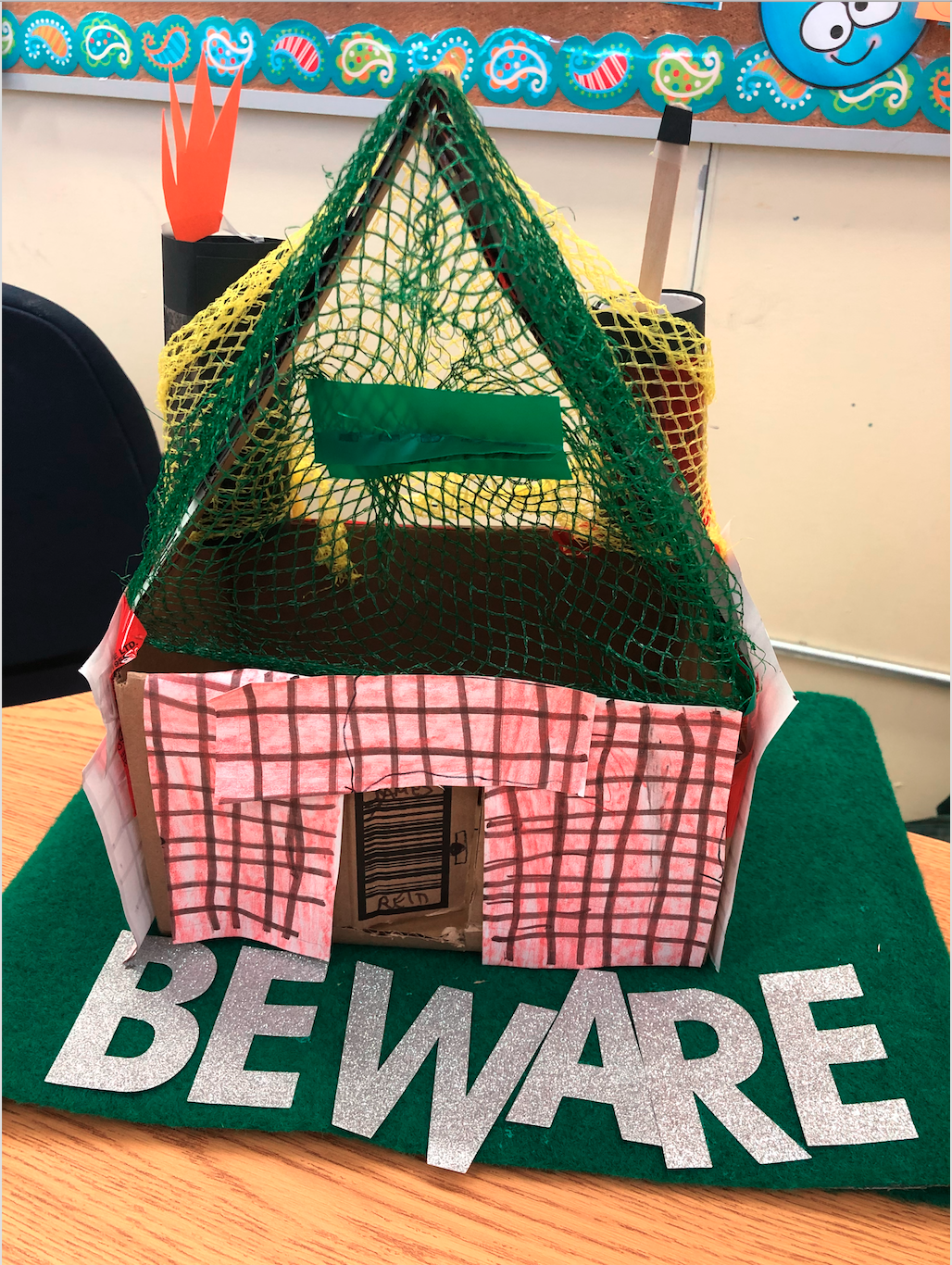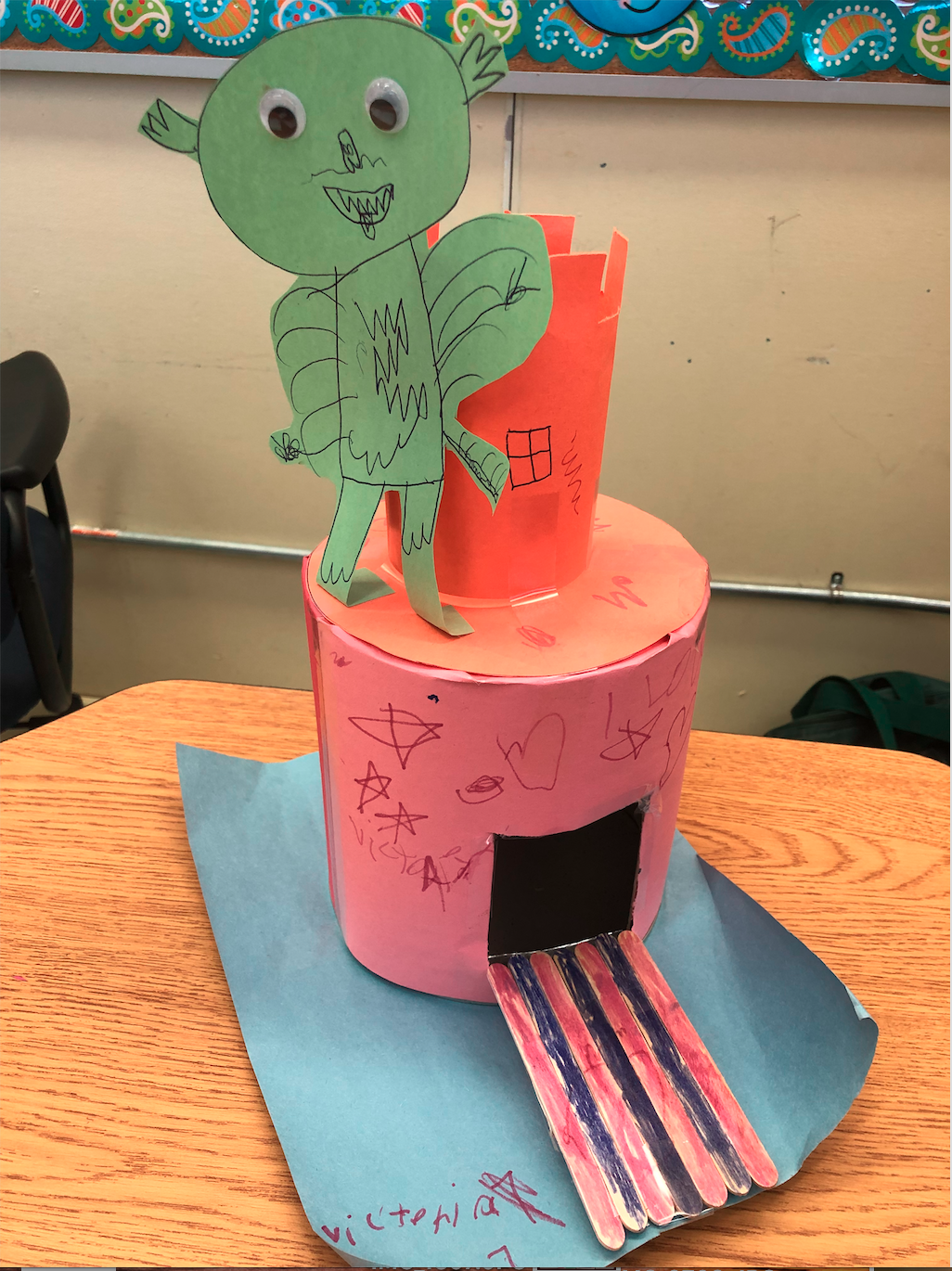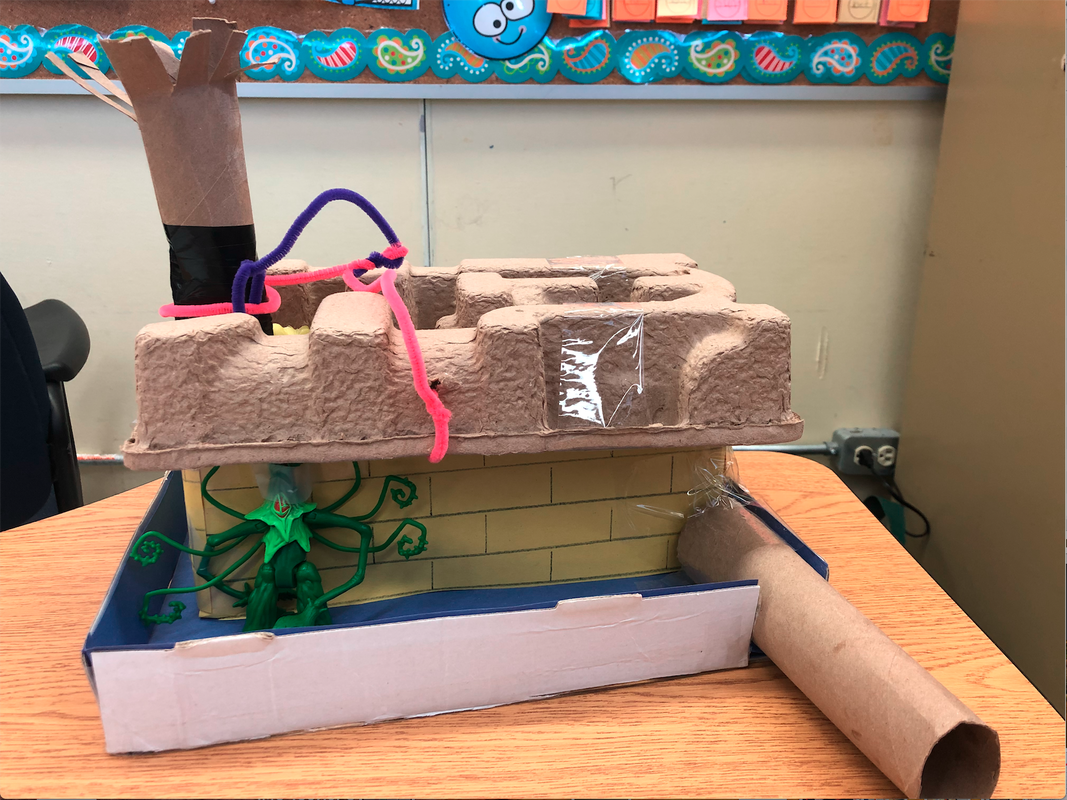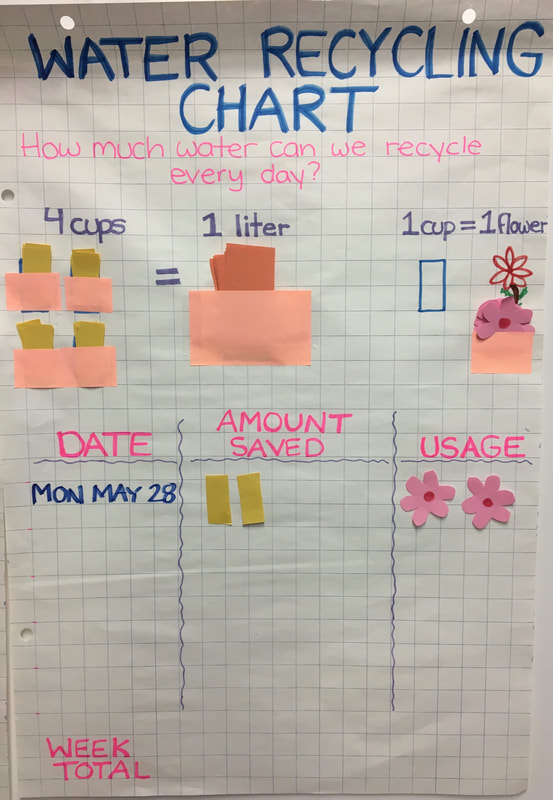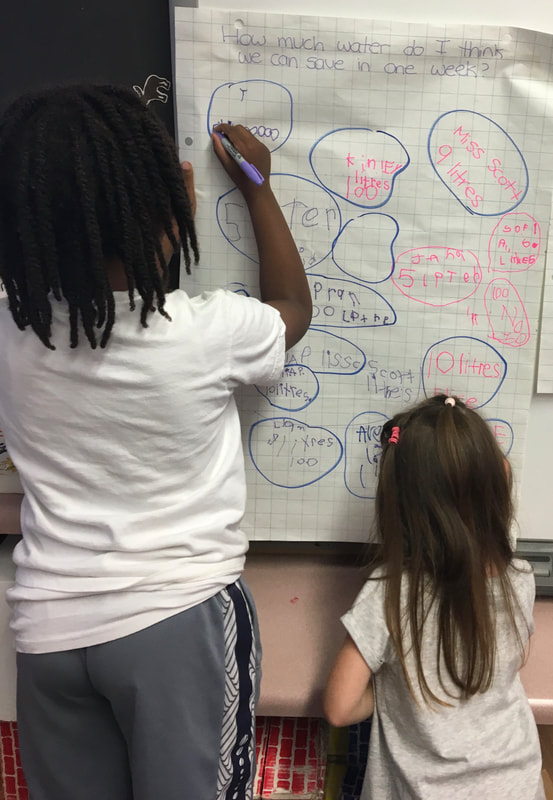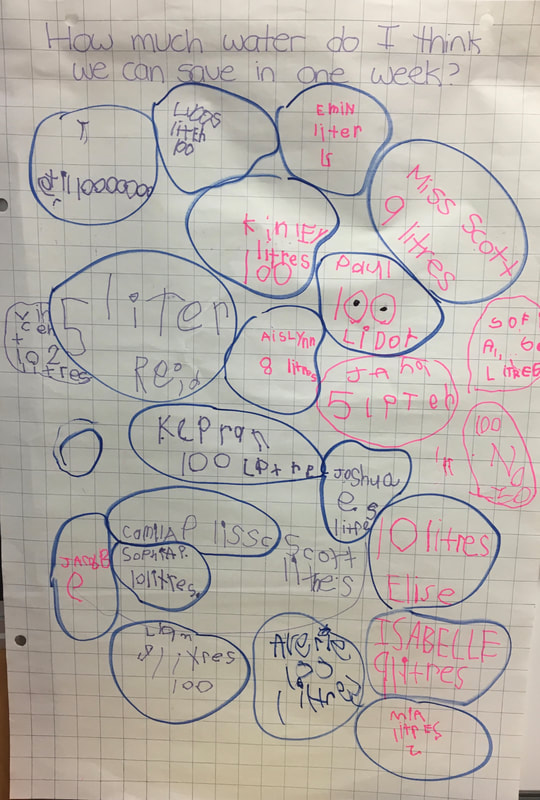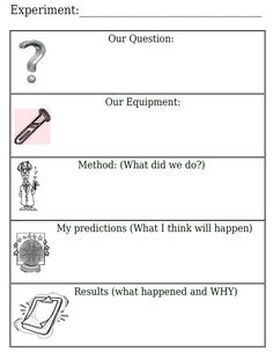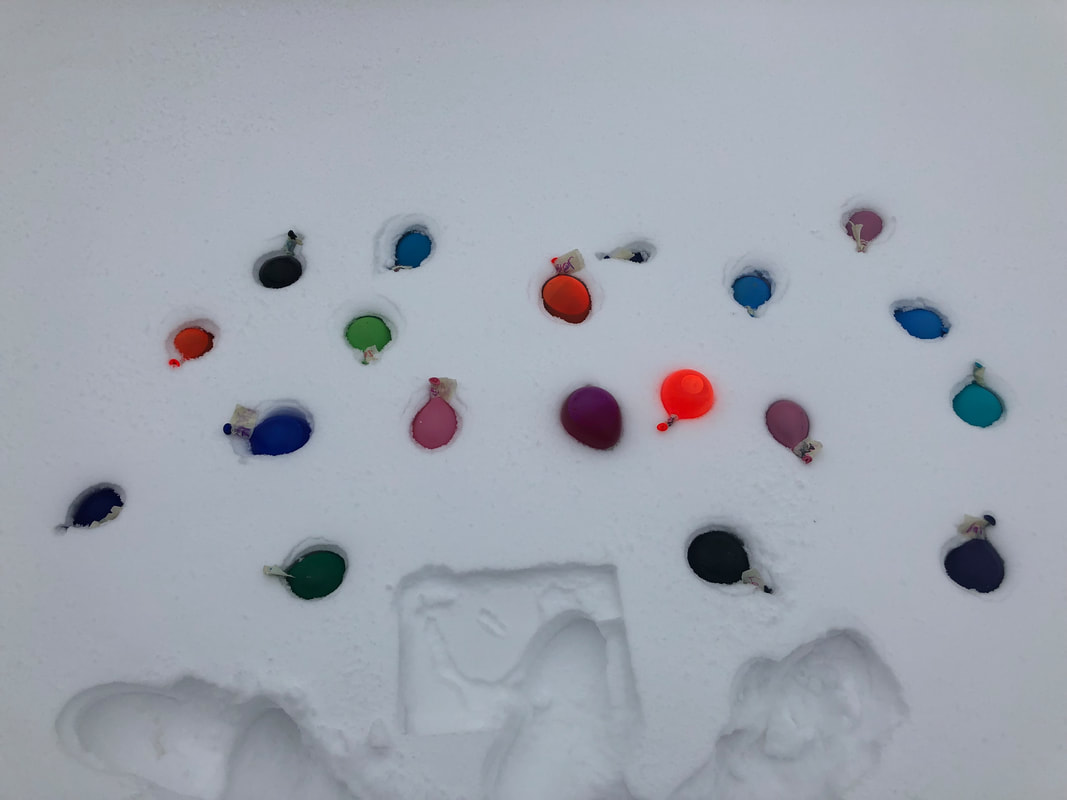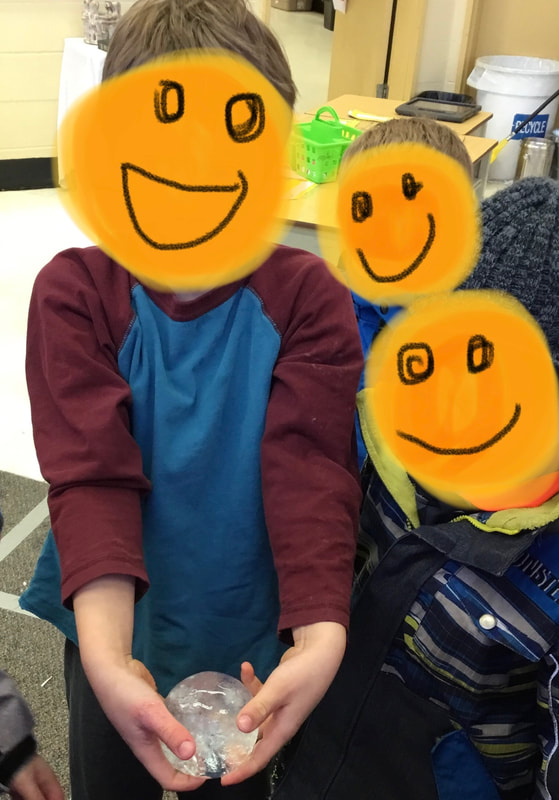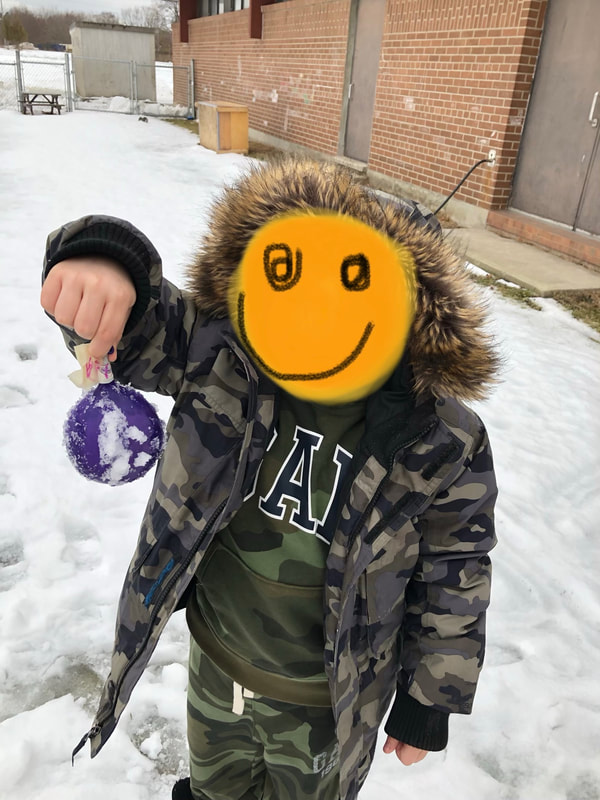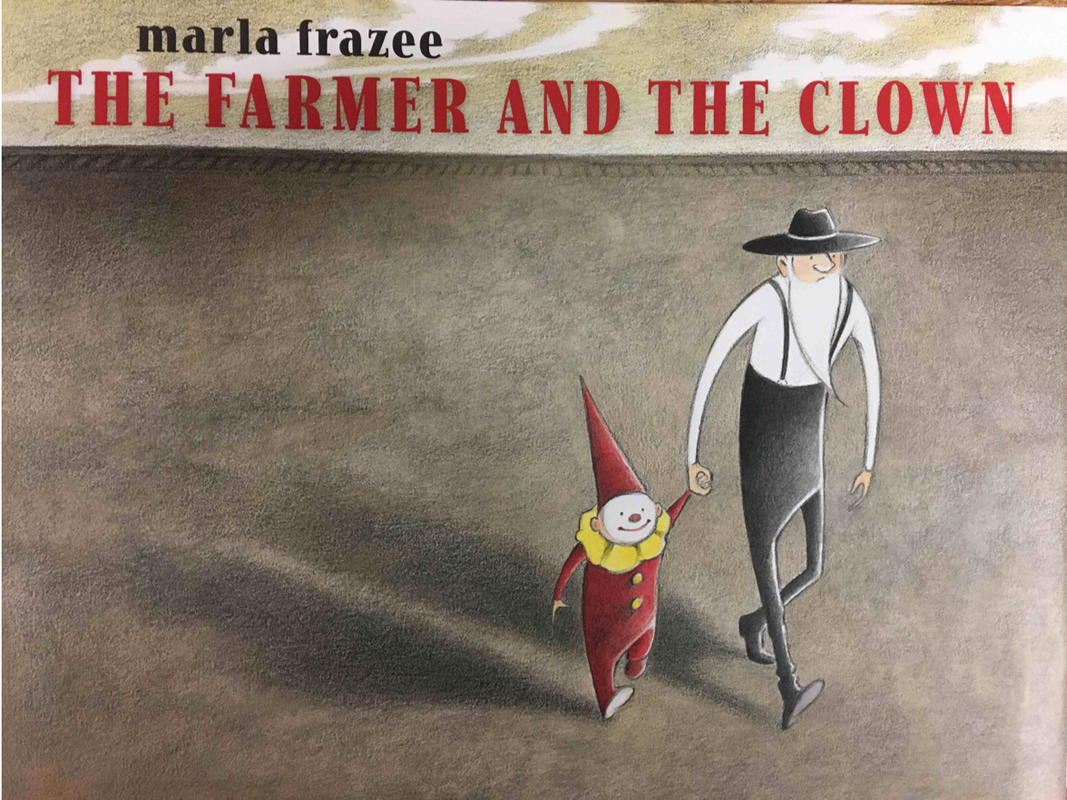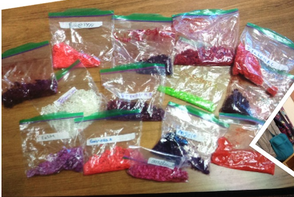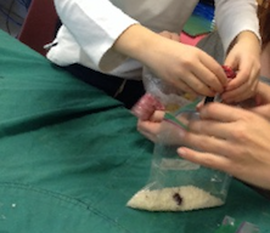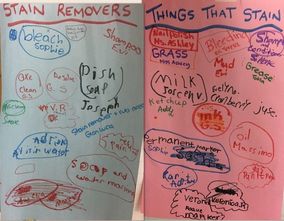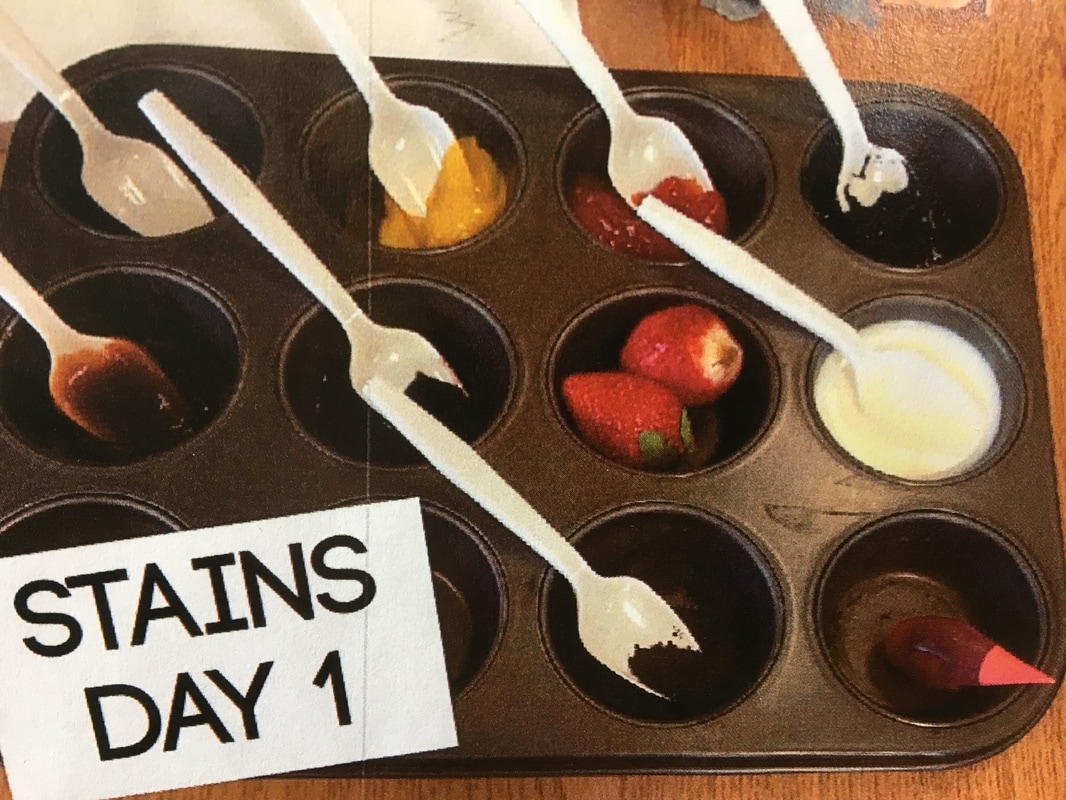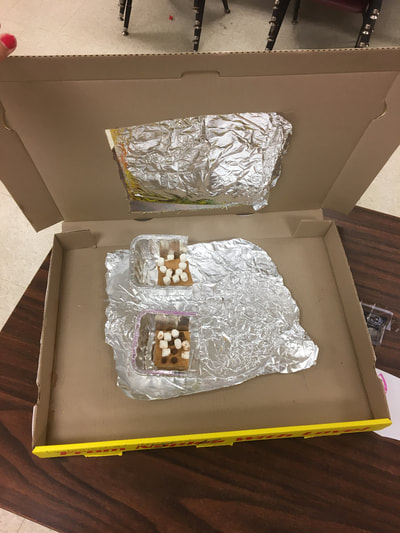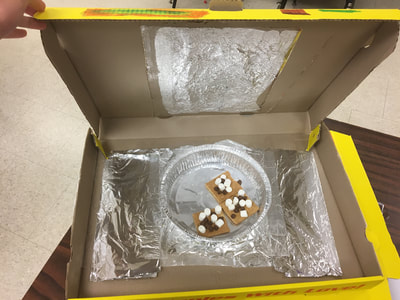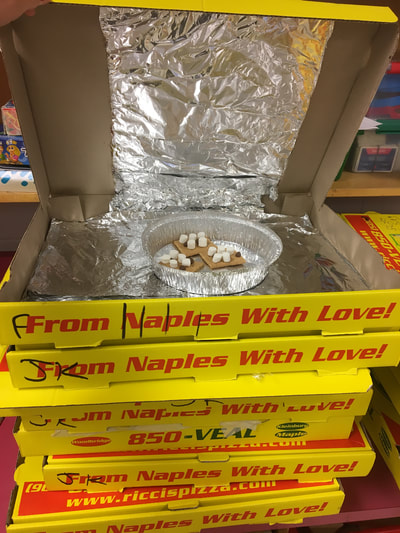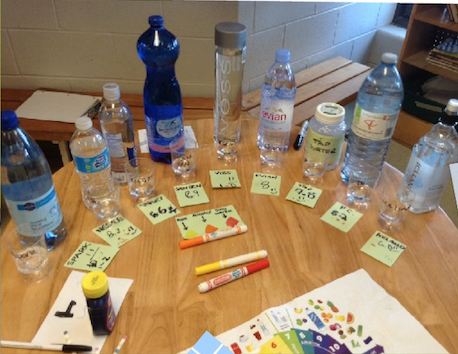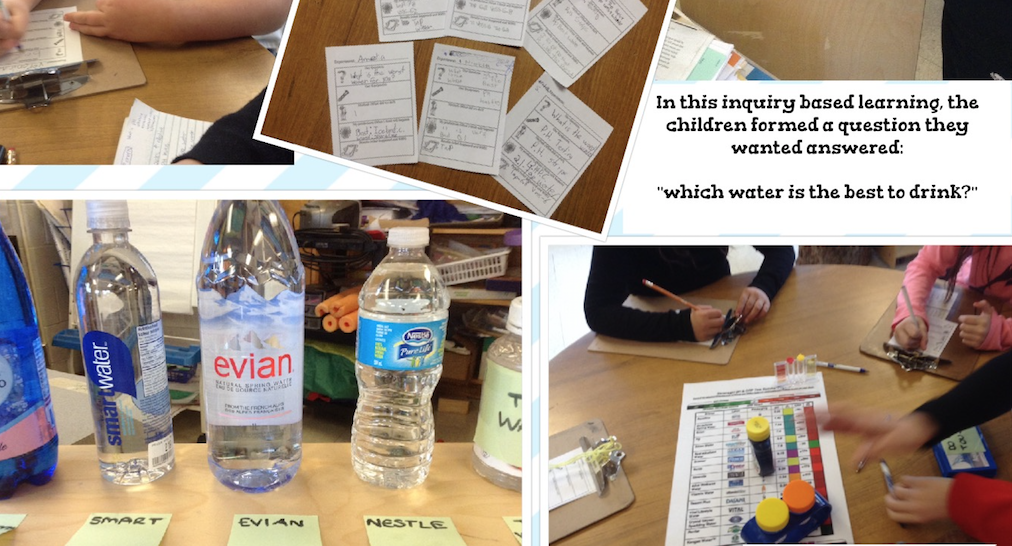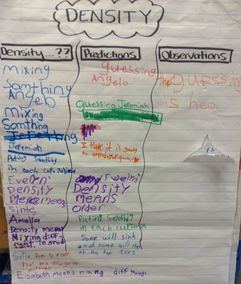ALL ABOUT SCIENCE and TECHNOLOGY
Take a browse below at a few of our experiments and creations
CONSTRUCTING A RAINBOW BRIDGESK/1 students gathered in small groups to construct a rainbow bridge to help our lucky leprechaun cross to retrieve his gold.
Students brainstormed materials necessary to complete the task, drew a "green"print of their idea, wrote out step by step instructions on how to assemble their bridge and then created a 3D structure using their design. DEEP LEARNING WEBINARDuring our IN-CLASS "Deep Learning Webinar" with Heather Michel, the grade 1/2 class came up with a list of interesting topics they wanted to learn more about. After a point-based scoring system, we decided to research in "How are brains made?"
WOLF - PROOF ASSIGNMENTDuring March Break grade 1/2 students were tasked with creating a "Wolf-Proof" house using various materials discussed in class for our Materials, Objects and Everyday Structures Unit. Here's some of the results...
|
WATER RECYCLING CHALLENGEIn a grade 1 class, we discussed water usage as an individual and as a class. We then drew up a water recycling chart to see how much water we could save in a week in our classroom by collecting wasted water and reusing it.
Students predicted how many Litres of water they thought we could save in a week, each day we recorded how many cups of water we were able to conserve.
I like to use this as my science template, so the students have a thorough understanding of the experiment about to take place. We first discuss what it is they would like to know, "our" question does not necessarily have to be the same for everyone. They are to then record the materials being used, how they are being used, and what they predict for the result. This worked well in our pH Experiment, almost every student predicted tap water to have a very low pH level.... however the results showed HIGH!
|
LIQUIDS Verses SOLIDSThe grade 1/2 class took their water balloons out into the snow to "chill" for a few days... what happened next was really cool! Students discovered that their liquid water balloons had turned into a cylinder shape solid!
THE FARMER AND THE CLOWN
| |||
| the_clown_book.pptx |
RICE COLOUR THEORY
We each filled a bag with 1 cup of rice, adding 3 drops of food colouring to alter the white coloured rice. Next we exchanged 1/2 cup of rice with one another and added an ice cube to watch the colours combine and change as the ice melted.
STAINS and REMOVERS
Coming soon...
This project is currently in progress
This project is currently in progress
SOLAR OVENS
What to do with 30 unused, leftover pizza boxes?! Make SOLAR OVENS! Using graham crackers, marshmallows and chocolate chips as our source of food, the children paired up and excitedly created their own solar oven using aluminum foil and a pizza box. The children learned that direct sunlight reflected can create heat, which can then heat up and cook food- all the while being environmentally friendly and minimalizing fuel consumption
PH WATER EXPERIMENT
We tested out different bottles of water to see which were more acidic (had a low level on the pH scale) and which had more alkalinity (higher level on the pH scale)
We asked the question "How good is out school's tap water?" We were shocked with the positive results! Tap water scored 7.6
We asked the question "How good is out school's tap water?" We were shocked with the positive results! Tap water scored 7.6
DENSITY EXPERIMENT
Students got to play around with various liquids that held a different density level. We learned that the heavier the density of a liquid, the more it would sink to the bottom. We were able to create 7 layers of liquids in a glass using honey, syrup, milk, water, olive oil, baby oil and dish soap.
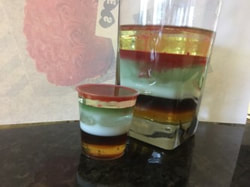
Here's the results of one of our density experiments! The students loved this cool affect and wanted to test out new experiments with this in mind. A few students tried dropping in items to see what would happen.

